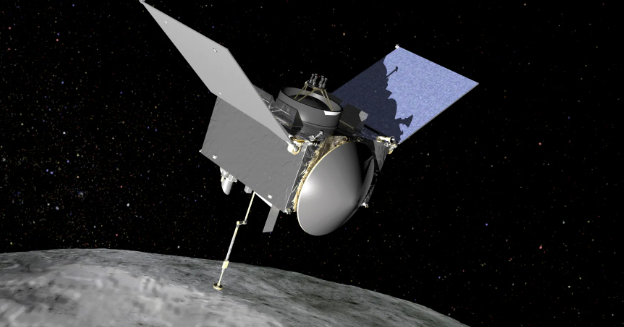OSIRIS-APEX Safely Navigates Close Sun Approach
The OSIRIS-APEX project has changed since its start as OSIRIS-REx, which successfully took samples from the asteroid Bennu. The spacecraft is now on a longer mission that includes a move to visit the asteroid Apophis. In this new phase, the mission’s path will be changed to bring the spacecraft 25 million miles closer to the sun than expected, making several important perihelion passes.
First Perihelion Pass and Spacecraft Adaptations
OSIRIS-APEX goes around the sun in an oval path. Every nine months, it reaches perihelion, the point where it is closest to the sun. This pass took place for the first time on January 2, 2024. Mission engineers rearranged the spacecraft to deal with the strong solar radiation. They angled one of the solar panels to protect the spacecraft’s most sensitive sensors while the other continued to collect sunlight for power.
Innovative Engineering and Thermal Management
At this first perihelion, it was very important to see how well the spaceship could handle the high temperatures and radiation close to the sun. The clever adjustment of the solar panels was a safety step that worked, as shown by analyses done after the perihelion. These showed that the spacecraft’s surface or the way the camera on board OSIRIS-APEX worked didn’t change in any noticeable ways.
Camera Performance and Future Concerns
Another important discovery from this mission phase was that MapCam, another camera used to map rocks, was in better shape than before. It had 70% fewer hot pixels, which is a typical problem that happens when something is exposed to sunlight for a long time. This improvement came directly from the heat from the close meeting with the sun. As for the future, the spacecraft has done well so far, but it’s not clear how the next perihelion passes will affect the instruments on OSIRIS-APEX. The next close approach to the sun is planned for September 1.
More About Asteroid Bennu
Discovered in 1999, asteroid Bennu is a carbonaceous object that is about 500 meters across and is close to Earth. Following the path of an old Egyptian god connected to the Sun and creation, Bennu circles the Sun every 1.2 years and comes very close to Earth every 6 years. On its way to studying the early solar system, NASA’s OSIRIS-REx mission, which took off in 2016, gathered samples from Bennu in 2020. The chances of Bennu hitting Earth in the late 22nd century are very high—about 1 in 2,700. Samples are hard to get because it spins quickly—every 4.3 hours—and has a surface covered in bubbles. According to some theories, Bennu’s makeup could include organic molecules and water trapped in clay rocks. This could help us understand how life started on Earth.
Month: Current Affairs - May, 2024
Category: Science & Technology Current Affairs







